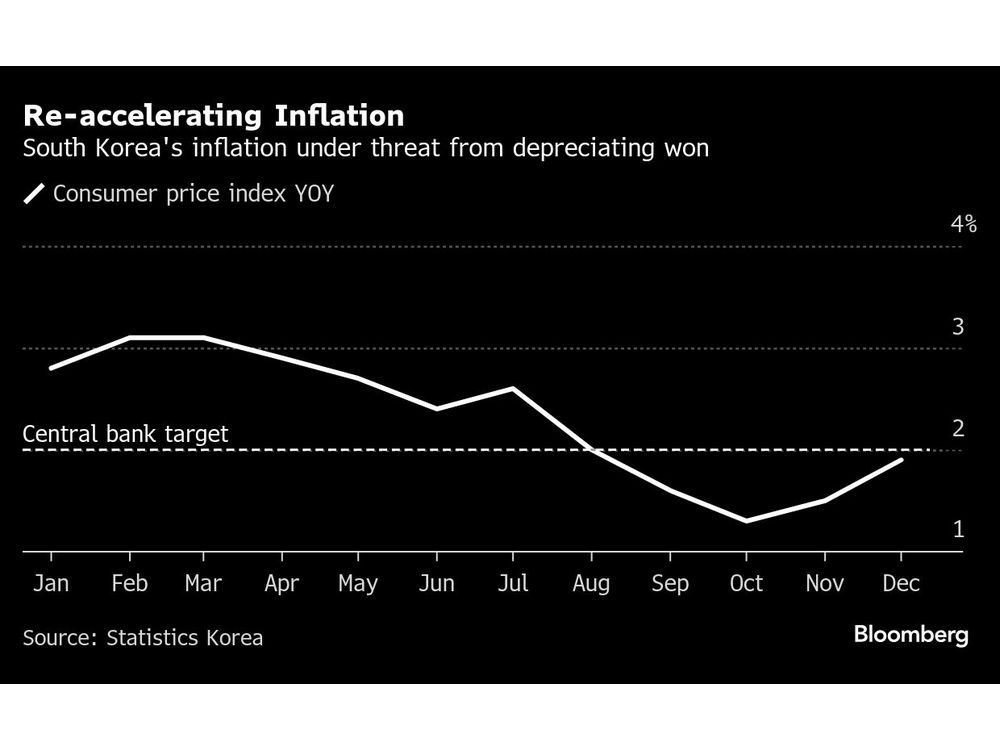Risk represents the probability that the actual results differ from the expected results. Entities, including individuals, companies, organizations, and other bodies, face risk in their transactions. It also includes the possibility that losses occur for these entities. When transacting in financial markets, facing risks is inevitable. However, there are various ways in which entities can mitigate their risks.
One of the techniques used by entities for risk management is hedging. Hedging is the process that companies use to mitigate risks through the use of financial derivatives. This process is common across various financial markets. Entities that use hedging must also account for the process using hedge accounting.
What is Hedge Accounting?
Hedge accounting is the process through which companies or businesses record the effect of risk management activities. They do so to present these effects in the financial statements. Hedge accounting comes under the provisions of the IFRS 9 – Financial Instruments. According to the standards, risk management activities can affect a company’s profit or loss (P&L) or other comprehensive income (OCI).
Hedge accounting modifies the traditional basis that companies use to record gains and losses on associated hedging instruments. The purpose is to satisfy the matching principle in accounting, which requires companies to account for gains and losses in the accounting period to which they relate. However, the use of hedge accounting is optional according to the requirements of IFRS 9.
Hedge accounting applies to various hedge contracts and items. These include options, forward contracts, futures, swap contracts, etc. It also includes interest rate swaps, where two parties exchange their interest payments. It usually involves one party transferring a floating interest rate instrument’s interest payment for a fixed interest payment.
What are the Hedge Accounting models?
IFRS 9 retains three hedge accounting models that are a part of IAS 39. These include fair value, cash flow, and net investment hedges. In fair value hedges, entities mitigate the risk of changes in an asset’s or liability’s fair value. Cash flow hedges are when a participant hedges the risk of variability in cash flows attributable to a specific risk associated with a recognized asset or liability.
Net investment hedges are when an entity hedges the currency risk associated with translating foreign operation net assets. Foreign operations include subsidiaries, joint ventures, associates, etc., held in foreign locations.
How do companies account for Interest Rate Swap in Hedge Accounting?
Before companies use hedge accounting to account for interest rate swaps, they must ensure the contract qualifies for hedge accounting. There are some criteria that a hedge contract must meet to qualify for this treatment. Once companies establish that the swap meets the conditions, they must determine why they are using the interest rate swap.
If a company uses interest rate swaps to hedge exposure to fair value changes of a fixed debt, it will have to account for it as a fair value hedge. This treatment will apply even if the company accounts for the debt instrument at amortized cost. Companies must measure hedging instruments at fair value with gains and losses recognized in the P&L under this method.
If a company uses interest rate swaps to change floating rate debt to fixed-rate debt, then the cash flow hedge treatment will apply. Under this treatment, the company must recognize the changes in the hedging instrument’s fair value in the OCI. It must also accumulate those instruments in a cash flow reserve within equity. However, there are some treatments that the company will have to take to the P&L as well.
Conclusion
Hedge accounting is a process through which companies can account for their hedging contracts. Hedge accounting may also apply to interest rate swaps, given that these swaps meet specific criteria. Interest rate swap in hedge accounting may come under the fair value or cash flow hedge model.
Further questions
What's your question? Ask it in the discussion forum
Have an answer to the questions below? Post it here or in the forum


South Korea’s consumer inflation gained pace as political turmoil weakened the local currency, threatening price stability in a country heavily reliant on imports for food and energy.



TORONTO, Dec. 30, 2024 (GLOBE NEWSWIRE) — Ninepoint Partners LP (“Ninepoint Partners”) today announced the final December 2024 cash distributions and annual notional capital gains distributions for its ETF Series securities. The record date for the distributions is December 31, 2024 for all the ETF…